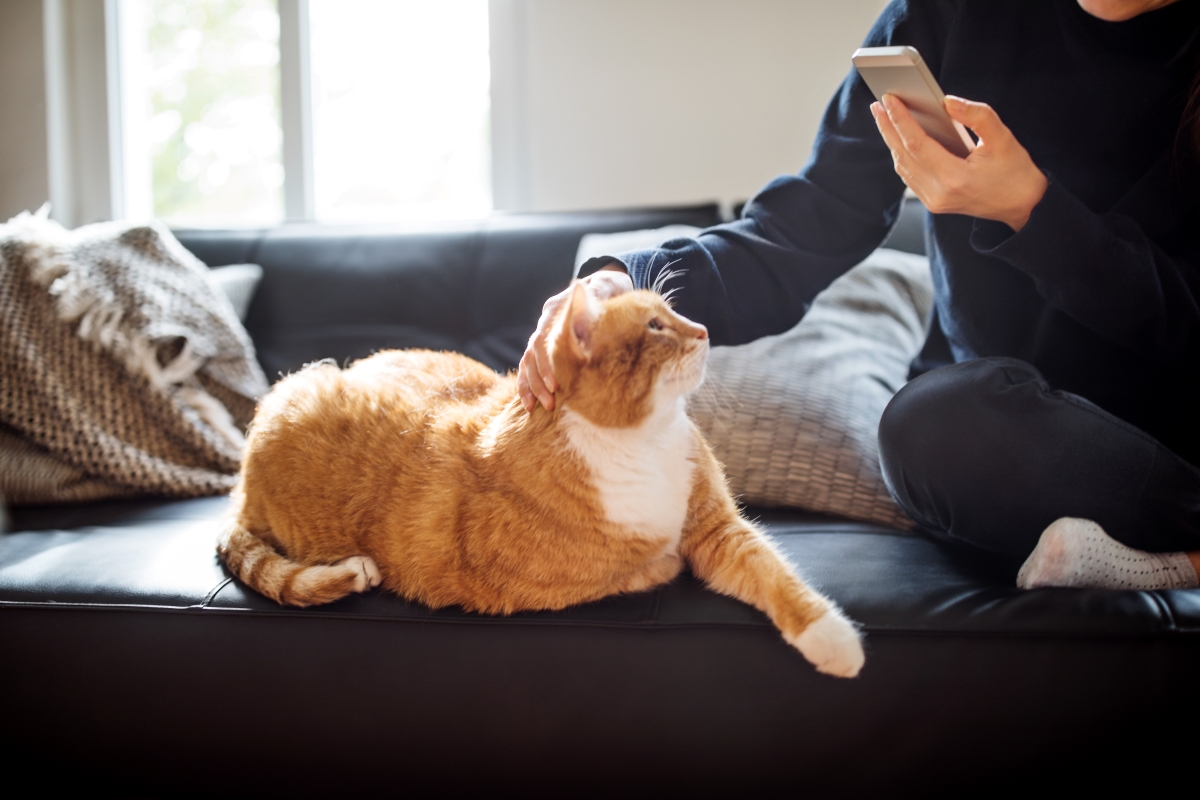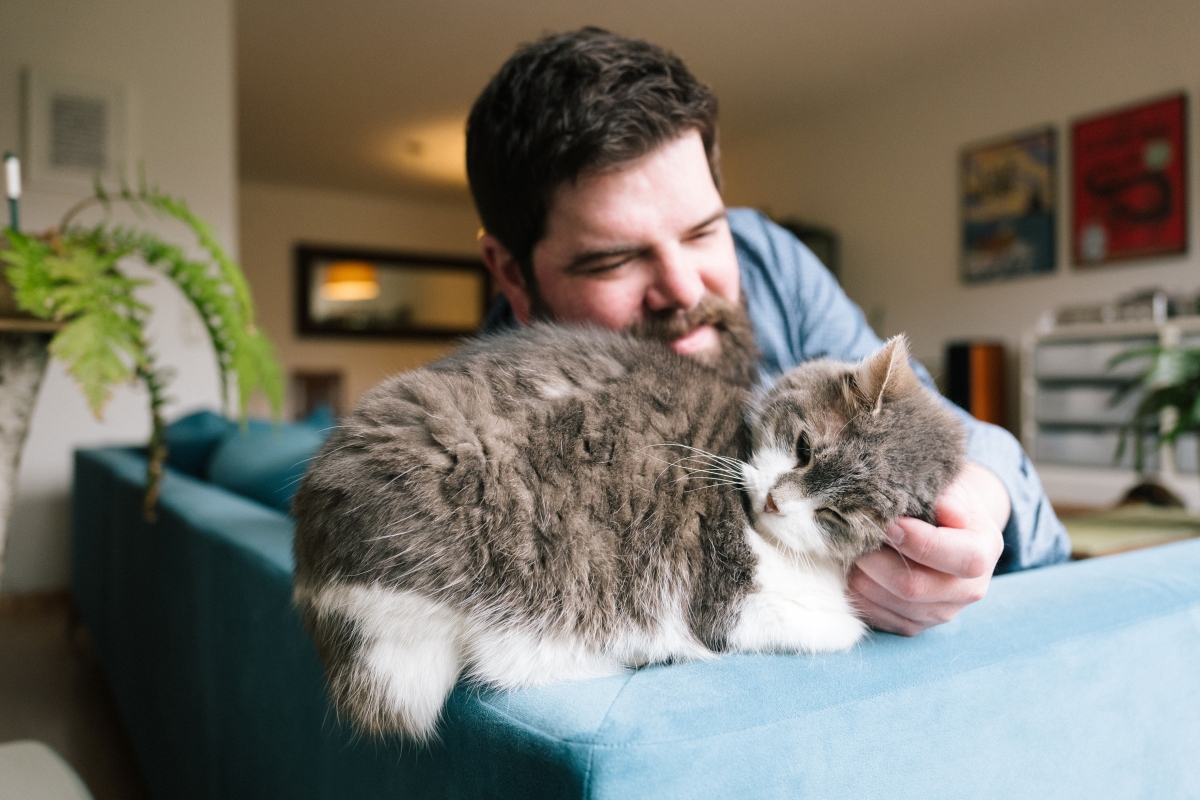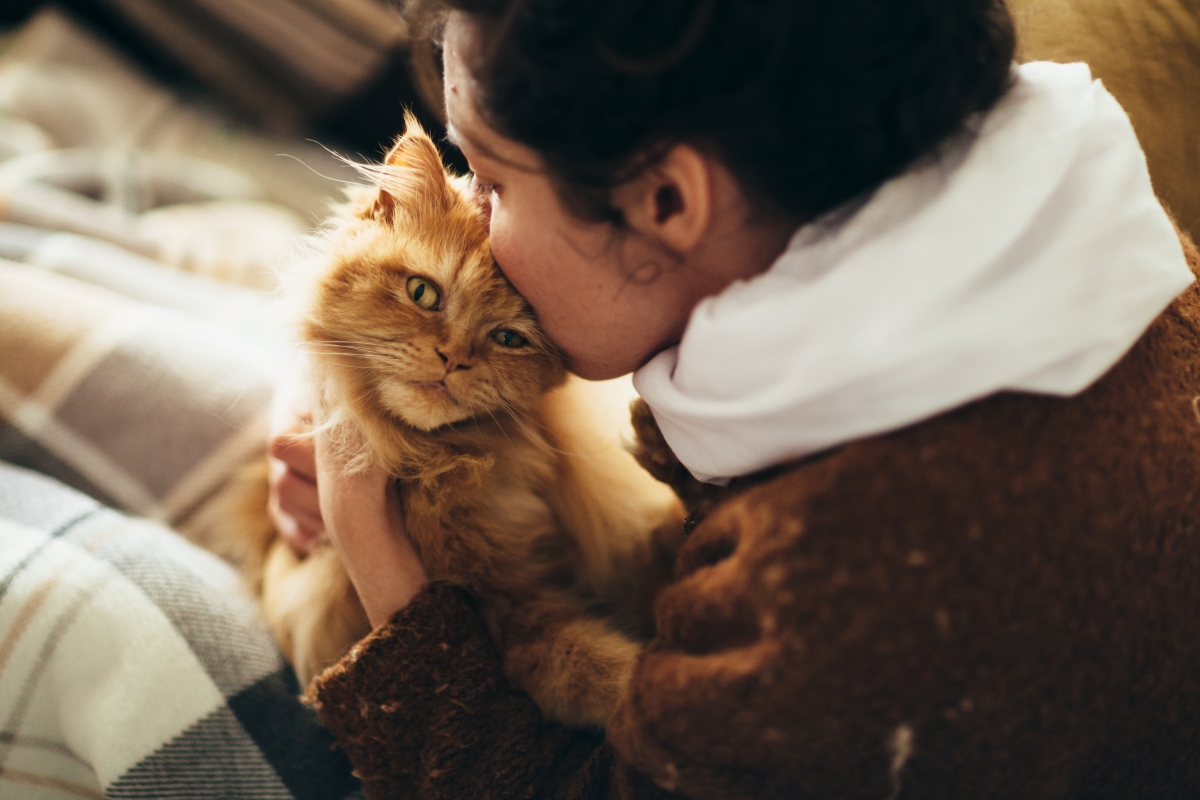Select a country and language
Regulatory constraints and medical practices vary from location to location. Consequently, the information provided on the site in which you enter may not be suitable for use at your location.
Asia Pacific
Europe















Latin America







North America
Exercise is widely recognised as one of the most important factors in helping patients with arthritis stay mobile. And arthritis isn’t just a disease of older cats - we are seeing cats with joint pain as young as 2 years old! If your cat has been slowing down and you suspect it may be arthritis, a great place to start is to talk to your vet.

Exercise has been shown to improve and maintain flexibility in joints, and reduce pain associated with arthritis. In arthritic humans, exercise has also been shown to improve mood and there is no reason to think our pets are any different. Exercise can also help overweight pets to reduce their waistlines, alongside an appropriate weight loss diet. Reducing their body weight will lessen pressure on diseased joints and help to reduce discomfort. In addition to any treatment your vet recommends, there are lots of reasons to encourage your cat to be more active.
There are a number of ways arthritic joints benefit from exercise
Essentially, movement helps the joint to maintain its function. However, an inactive, underused arthritic joint tends to get worse over time. If you want to know how, it all comes down to keeping the weight bearing tissue in the joint healthy. All joints are lined with a shock absorbing layer of material called cartilage, and are kept lubricated by producing a thick liquid called synovial fluid. As well as keeping the joint lubricated, this fluid also brings essential nutrients to the cartilage cells. Arthritis is caused by a gradual breakdown in the cartilage layer. Joints also need healthy muscles, tendons and ligaments to allow them to move and to help support them. Exercise helps keep these muscle tissues strong, so that they are better able to support affected joints. Unfortunately, the pain associated with arthritis can make exercising difficult.
This all sounds great in theory, but many cat owners will be wondering how on earth they can entice their inactive feline to exercise.
Whilst this certainly can be tricky in cats, especially those that are indoor only, there are plenty of ways to help get them moving. First a few considerations if you are trying to increase your arthritic cat’s activity levels.
Ensure your cat has a recent check up and has their pain under control
There are many pain management options veterinarians have to help alleviate pain in cats. There are even new pain medications now approved for cats, so be sure to ask your veterinarian. By ensuring your cat has pain relief, returning to exercise will be more fun for your cat.

Cats tend to prefer short bursts of activity
Aim for two or three short sessions, only lasting between 5 and 15 minutes each. It is likely your pet will let you know, in no uncertain terms, when they have had enough, usually by walking away or sitting down and refusing to participate. It is important to listen to your pet and ensure they don’t overdo things, especially if their arthritis signs are more severe.
Try to avoid sharp turns and sudden changes of direction
When encouraging your arthritic cat to exercise, don’t allow them to attempt jumps from a height that might put sudden pressure on painful joints. Make sure your exercise sessions are in areas where flooring is soft and non-slip. For some cats, adding stairs or a table to help them get back to their favourite high spots in the house will help.
Timing can make a difference as well
Cats tend to be most active at dawn and dusk, and just before feeding times, just like their periods of hunting activity in the wild. Encouraging exercise at these times is likely to improve your chances of having a co-operative cat.
Allow your indoor cat controlled outdoor access
This can be a great way to increase their activity levels. This can either be through use of an enclosed outdoor run, or training them to walk on a lead. They will find lots of new sights and smells outdoors that will encourage them to move around and explore their environment. For some pets and owners this is just not feasible...
Luckily there are plenty of indoor activities, toys and games that can help your cat move around more
Cats like novelty and variety, so switch between different toys and activities to keep their attention. Most cats will enjoy chasing games - use toys and balls they can chase and catch. Laser pointers should not be overused, as although they are great for chasing, they can never be caught which can lead to frustration. Make sure they get to “catch” something at the end of the game! Cats also love to hit or bat objects such as balls and will enjoy tossing soft toys in the air and catching or pouncing on them. To encourage their natural curiosity, tempt them to explore with raised platforms, cat trees or even cardboard boxes to encourage movement.
If your pet is very food oriented...
A food puzzle can be useful to get them moving around. Typical food puzzles resemble a ball or roller that is pushed around and drops small amounts of food, or a tray with mazes and different sections that your cat must work through to get to their food. These are also useful for cats who also need to lose weight.
Allowing your pet to stretch and scratch is also vital
It helps them stay flexible. Scratching posts and cat trees will help to encourage these behaviours. Upright scratching posts need to be tall enough to allow your pet to stretch fully. Many cats also appreciate flat scratching mats and these may be better if your pet has particularly poor mobility.
If your cat is stiff
Then they are struggling with mobility and may be in pain, so speak to your veterinary surgeon - stiffness, grumpiness and soreness can all be signs of arthritis pain in cats. There are many cat arthritis pain treatments available, from medications from your vet that will reduce arthritis pain through to physical therapies. It is always hard to see our beloved pets getting older and becoming less mobile, but the good news is there are now more options than ever for helping them to live an active and pain free life well into their old age.









